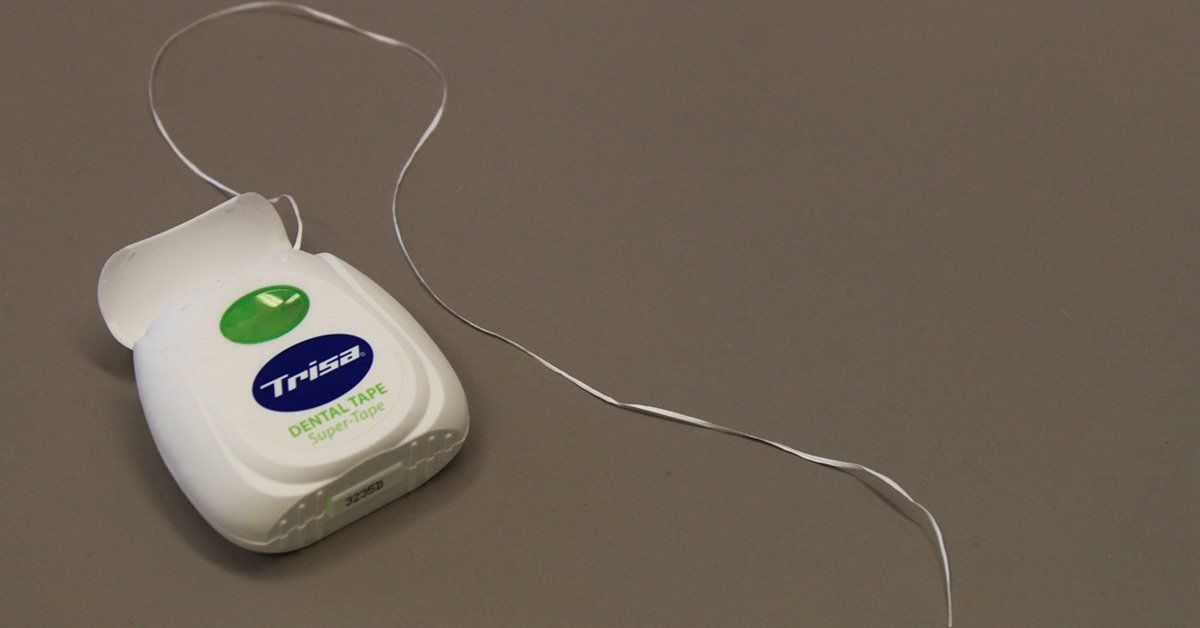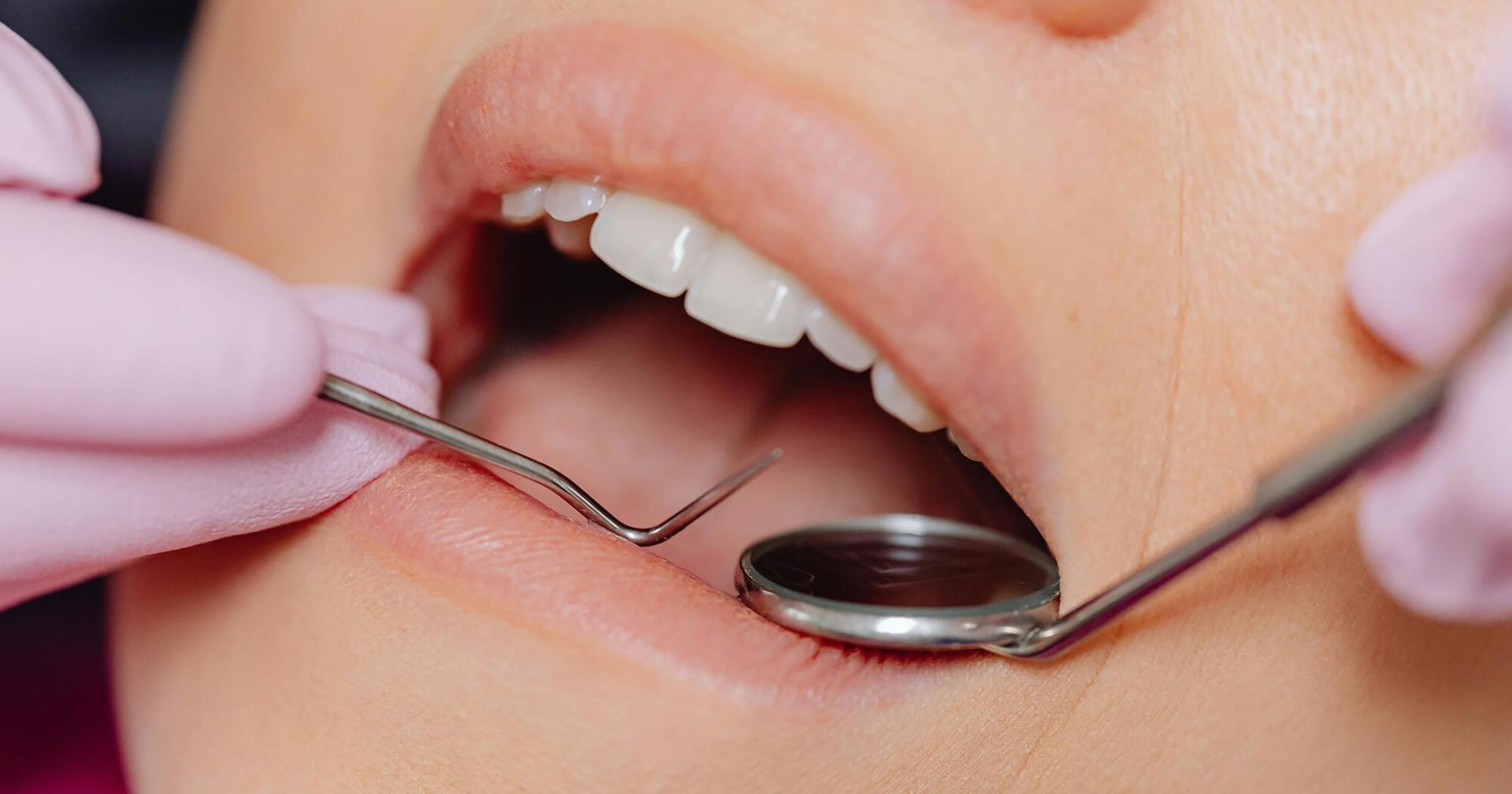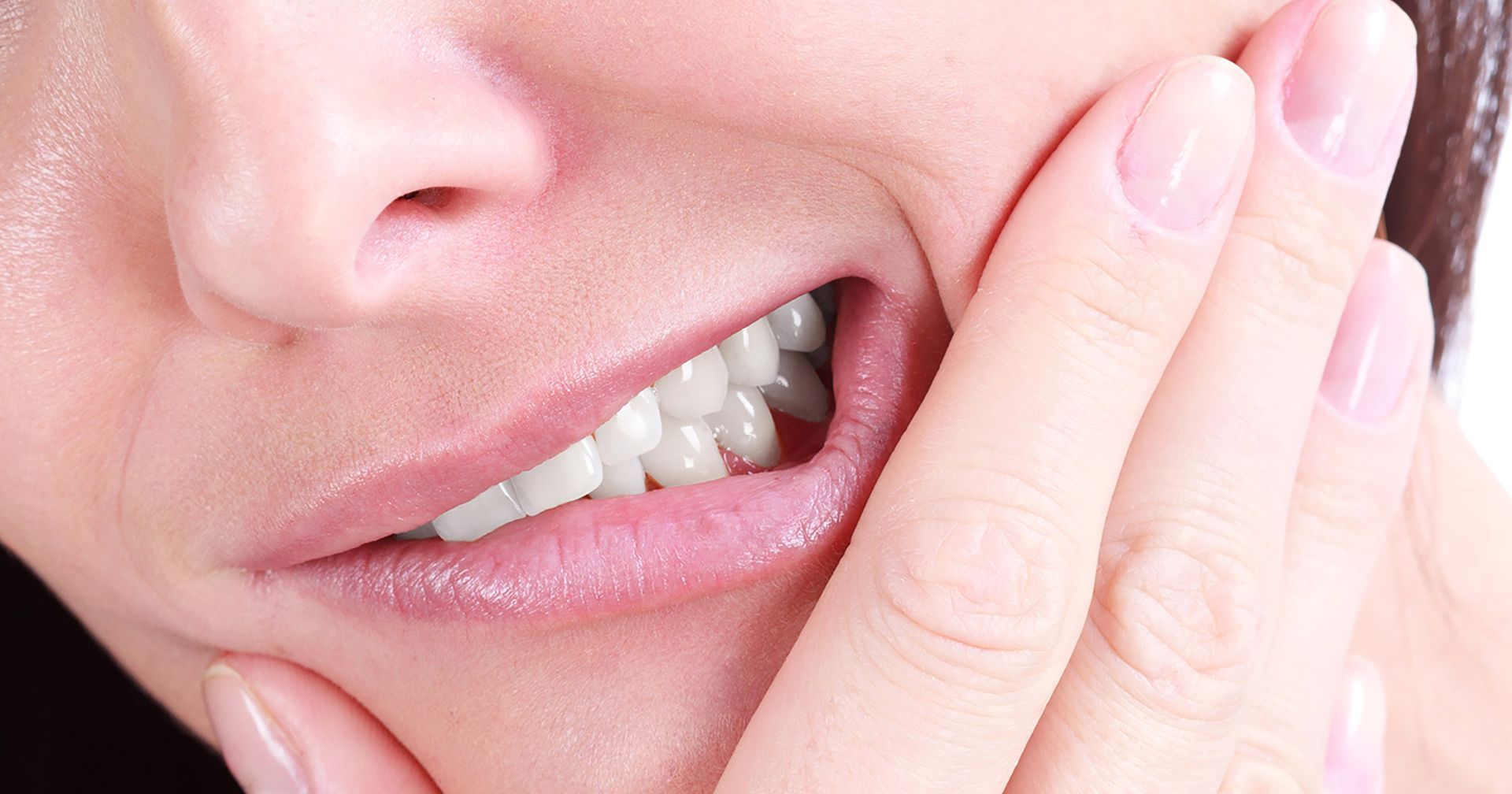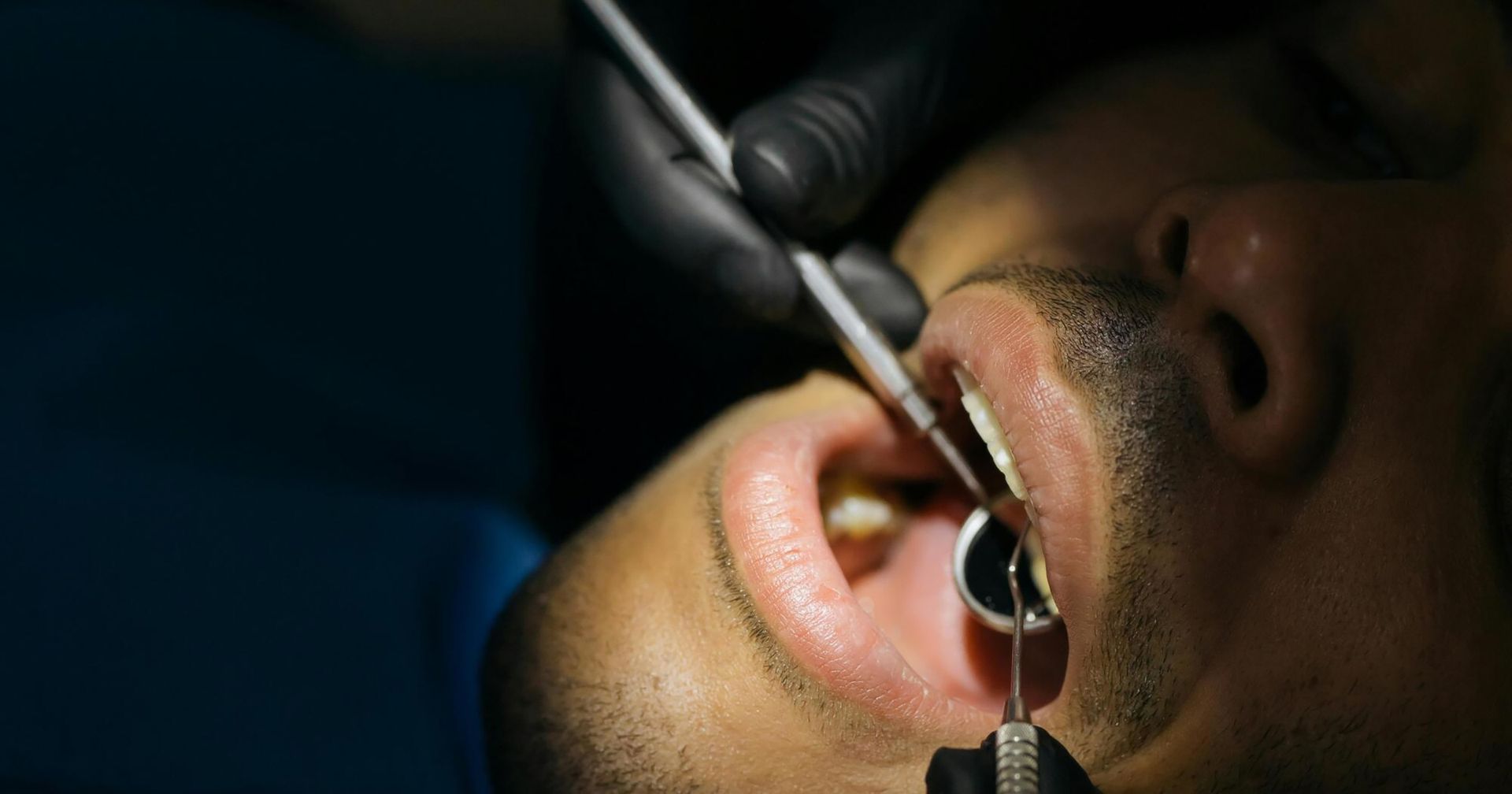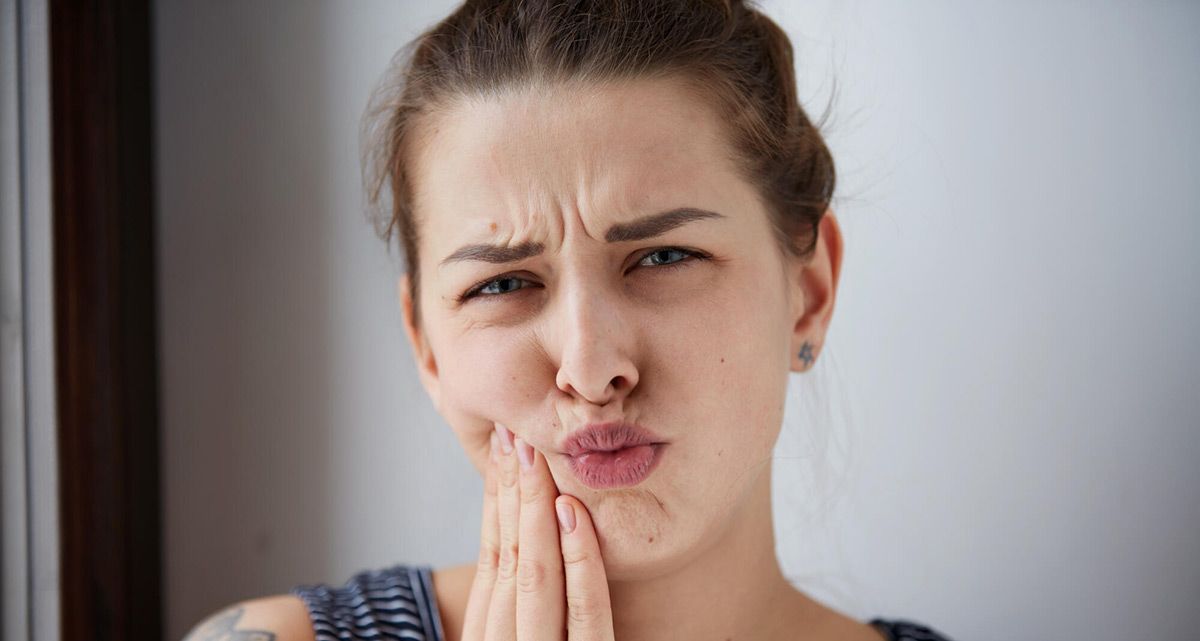A Step-By-Step Guide To Flossing Your Teeth Properly
It is not enough just to floss regularly, it must also be done with the proper technique. This step-by-step guide on how to floss breaks down the details.
Floss your teeth. This is one of the most important things you can do to prevent gum disease. Failing to floss leads to decreased oral hygiene, bad breath, stained teeth, and, worst of all, gum disease.
We're going to go over the importance of why you should floss your teeth and the proper flossing technique in this article. Want to learn how to floss the right way?
Let's get started!
Why You Need to Floss
You can brush all you want to. Brushing away and cleaning the surfaces of your teeth and gum line is really important, and we commend you for doing it.
At the same time, there are places that your toothbrush simply can't get to. The bristles of your brush might poke in-between your teeth at times, but they aren't going to reach the bacteria, plaque, and tartar that lie between your pearly whites.
The largest deterrent to oral health is bacteria that gets caught between our teeth by food particles due to lack of proper flossing technique. That bacteria forms into larger sheets and forms plaque. When plaque hardens, it forms tartar, the black substance that stains teeth around the gums and between the teeth.
Breaking Up the Bacteria
You can think of the spaces between your teeth and gums as a sort of room. Imagine a room in your home that you use to store all of your old things. You might go in there from time to time and look through old memorabilia or pictures.
That happens every month or so, and the doors and windows remain closed when you're not there. Now imagine that you brought a cup of yogurt in there and forgot to finish it, leaving it in there until next time you enter.
That yogurt cup is going to get pretty gross, picking up mold and growing fungus. Additionally, the air will get stale and potentially hazardous because there's no airflow going through the doors and windows.
The space between our teeth is similar.
Food and bacteria get stuck between and don't aren't interrupted until flossing occurs. This gives the bacteria time to grow and move to the gums.
Flossing regularly prevents this, even if all bacteria isn't eliminated each time you floss.
How to Floss
You have the option of floss sticks or dental floss to use in the process of proper flossing. Wrap dental floss threader around your thumbs and index fingers on each hand and pull it tight. Leave enough slack to pull the floss out if some of it tears a little bit.
Once you're ready, go through the following steps:
1. "Saw" Back and Forth
Instead of forcing the floss between your teeth, place the floss on the gap and press lightly with your index fingers. Once it's there, gently move the floss back and forth in a sawing motion.
Continue until the floss breaks through the point where your teeth touch.
2. Wrap Floss Around Both Teeth
In each space, wrap the floss around both sides of each tooth and move it up and down.
The idea is to slide the floss up and down in a way that disrupts the placement of the bacteria. It's similar to scraping ice off of a windshield-- the snow is scraped off and falls to the side of the car. In the same way, the bacteria is disrupted and falls to a different part of the mouth.
Make sure that you move the floss slightly beneath the gumline when you do this. People often forget that plaque moves beneath the gumline and causes gum disease. Simply moving the floss down into your gums a comfortable distance will disrupt the bacteria and greatly reduce risk of gum disease.
3. Continue to Each Tooth
You need to make sure that you follow this flossing process on every single tooth in your mouth. Missing out on the back molars is a common mistake.
The teeth in the back of your mouth are the most likely to develop bacteria because they are seldom flossed and rarely interrupted. You might notice that the bacteria you pull from your back teeth smells significantly worse.
It seems gross to smell your plaque, but you should do it once as an experiment. This is typically because your back teeth don't get exposed to as much food and drink and aren't naturally washed and interrupted in that way.
Bacteria sits there, lodged deep in your molars, and begins to contribute to bad breath and harms oral wellness.
You can cut this out by simply flossing all of your teeth every day.
4. Clean Your Gumline
Most flossing sticks will have gum picks on the end that you can scrape your gumline with. "Scrape" might be too strong of a word.
You should move the floss pick along the front and back of your gumline and interrupt any bacteria that could be growing there. Even if you don't see a lot of plaque emerge from your gums, you're still doing your part to prevent plaque and tartar from developing.
Doing this to the back of your teeth is essential as well. We don't look at the backs of our teeth so we don't normally think to pick the back of our gums.
You should see if you can get a mirror and look at the back of your teeth. The lining of the gums and teeth is often affected by dark yellows or browns, as tartar has begun to develop.
Tartar is not only unsightly, but it also poses a real threat to gum disease and should be treated seriously. You can reduce the risk of dangerous tartar by simply picking and flossing your gumline.
5. Use Mouthwash
Mouthwash can be used after flossing to run antibacterial liquid through your teeth and around your gums. This will work to kill any extra bacteria that is left over or displaced from your flossing.
Need Some Dental Work?
If you're having trouble figuring out how to floss like a pro, you might want to make a stop in and talk to a dentist. Working with a dentist can show you exactly where you need to improve using proper tools, in addition to whitening and cleaning off any tartar or plaque that may have built up.
Contact us to set up a visit to our dentist, we will teach you how to floss properly and the tools necessary to start improving your oral wellness today!
